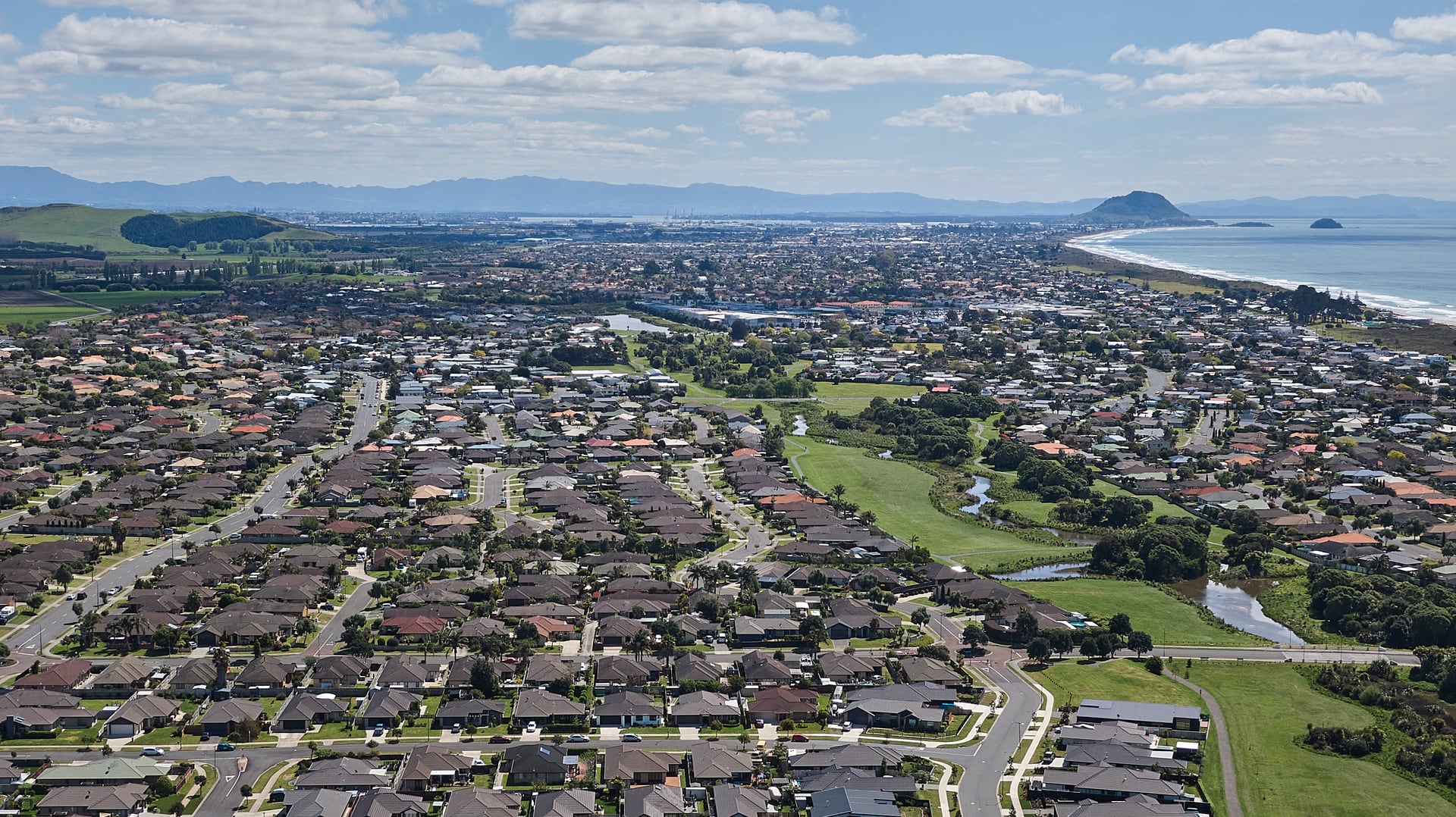Residential property values have largely been kept at a standstill throughout the first quarter of 2025 with few exceptions.
The latest QV House Price Index shows home values have crept up just 0.2% to a new national average of $903,928 in the March quarter, down slightly from the 0.5% quarterly growth recorded in February.
That figure is now 2.3% lower than the same time last year and 15% below the market’s peak in late 2021.
Across New Zealand’s main urban areas, just Whangarei (2.6%), Rotorua (3.6%), Nelson (1.7%) and Christchurch (1.1%) recorded average home value growth in excess of 1% throughout the three months to the end of March 2025.
Auckland (-0.1%), Wellington (-0.3%) and Hamilton (-0.3%) recorded small losses, while home values in Palmerston North and Dunedin were stationary.
QV operations manager James Wilson said market conditions remained “pretty soft” nationwide.
“Residential property values continue to bubble up and down slightly from month to month but have been kept virtually motionless as a whole throughout the first quarter of 2025.
“Although interest rates have reduced markedly, buyers are still finding the current economic climate to be a challenge. Job worries and a rise in unemployment are causing many to be cautious and play it safe right now, which is understandable.
“This is one factor that has helped to keep the brakes on throughout the first quarter of 2025 – a sizeable surplus of properties for sale is another.
“It seems sellers are out in force across Aotearoa today. You don’t have to walk very far around the neighbourhood these days to see a ‘for sale’ sign. Ample properties for sale and a lack of meaningful competition are helping keep prices really flat for now. That’s no bad thing, as first-home buyers continue to make up a larger share of the market overall.”
Wilson said there was also growing evidence to suggest that investors were beginning to re-enter the market again following changes to the interest deductibility rules and recent interest rate reductions.
“Investor activity continues to increase relative to first-home buyer activity. A ‘getting in early’ mindset appears to be emerging in some key areas with interest rates only expected to reduce further. But this is also being tempered by a cautious approach to the economy. Again, it is understandable given current conditions.”
Wilson expected the real estate market’s current flat trend to continue into autumn and eventually winter, even as economic conditions slowly improve.
“It’s going to take some time before interest rate relief fully takes hold and for the labour market to regain its footing again. In the meantime, those who are in a position to purchase are going to benefit from having a wider selection to choose from.
“When the economy does eventually recover and all the excess stock that is available for sale on the market today is sold, that’s when we will see some more sustained home value growth. It could be a while yet.”



0 comments
Leave a Comment
You must be logged in to make a comment.